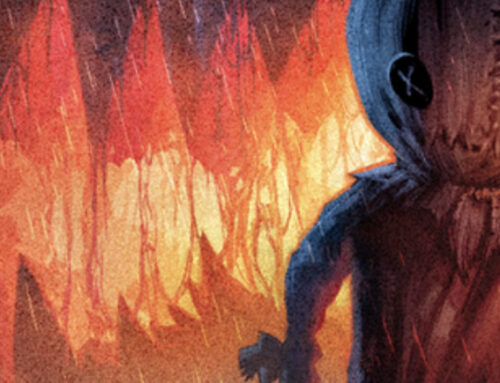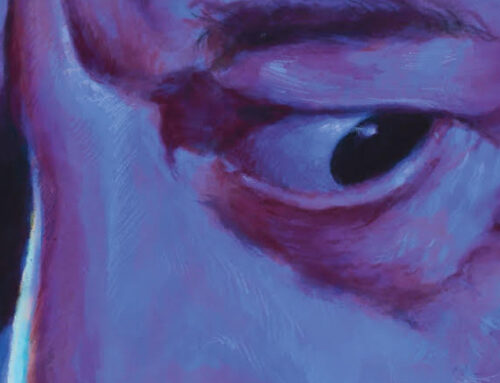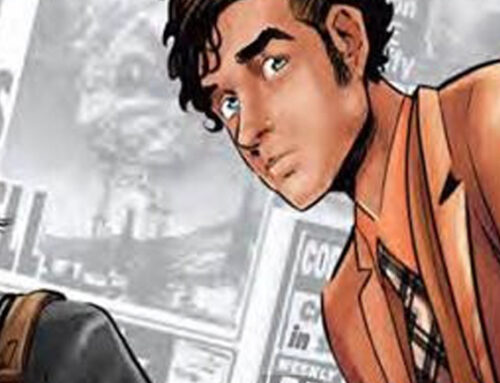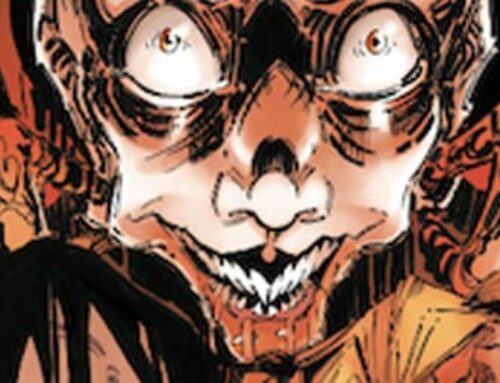The Killing Jar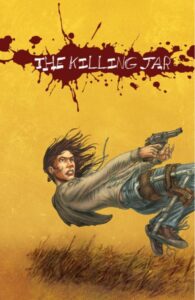 is a neo-western horror graphic novel set in backwoods Colorado which follows Anna, an orphaned young woman still reeling from the loss of her father and left to care for her younger brother Michael. When a new drug sweeps through their rural town and turns the locals into ultra-violent junkie zombies, the siblings must form an unlikely alliance with a would-be drug pusher and a pair of cops who find themselves in the wrong place at the wrong time. A failed attempt to supply the locals with their next fix has dragged the ragtag group into an Assault on Precinct 13 style standoff as the town descends into gory, violent madness.
is a neo-western horror graphic novel set in backwoods Colorado which follows Anna, an orphaned young woman still reeling from the loss of her father and left to care for her younger brother Michael. When a new drug sweeps through their rural town and turns the locals into ultra-violent junkie zombies, the siblings must form an unlikely alliance with a would-be drug pusher and a pair of cops who find themselves in the wrong place at the wrong time. A failed attempt to supply the locals with their next fix has dragged the ragtag group into an Assault on Precinct 13 style standoff as the town descends into gory, violent madness.
I really wanted to like The Killing Jar— horror with a western flair is a personal favorite, and between the extensive gunplay and grimy buckets of gore the book ticks a lot of boxes. Unfortunately, pacing issues and barely developed characters leave this one feeling clunky and disjointed.
The book comes roaring out of the gates for the first 15 or so pages, but once we’ve reached the first standoff at Anna’s house things start to crawl. There’s a huge amount of time spent building tension through duck and cover gunfights, but it’s hard to get invested when so little is known about our cast other than the sadistic nature of Griff, the big bad who’s in charge of the drug-running operation and who tasks the aspiring Teddy with raping Anna. Unwilling to carry out that crime, Teddy tips Anna off to the villains’ intentions and from that point on becomes something of a protagonist.
Pacing and a general sense of timing break down further from here. There are a number of scenes in an abandoned bank that seem contextually as though they’re meant to take place over the course of a few hours given Griff’s interaction with the corrupted townsfolk, but which feel as though they only take an hour tops from inside the bank. This also wreaks havoc on character development, as the reader is meant to assume there’s a lot of crisis bonding between the protagonists in order for later payoffs to land well, but those payoffs don’t elicit much reaction at all. It feels like there was supposed to be much more emotional weight in certain character deaths that just isn’t there.
It also doesn’t help that we don’t get much backstory on Anna or the town until very late in the book. There’s a perfunctory explanation of the town’s descent and Anna’s need to see things through about 130 pages in (if memory serves) but it’s so lean that it doesn’t contribute much if anything to the narrative. Add to this the fact that there’s no real examination of the drug and why it’s turning people into crazed zombies and you have a really thin premise.
If there’s any saving grace here it’s the unique, extremely detailed pencil sketch artwork, but even this is something of a double-edged sword. It’s obvious that the art in The Killing Jar was painstakingly crafted to fit the story, and it’s great for still shots and moments which are meant to breathe– there really are a lot of stunning visuals throughout. The downside is that the level of detail and grainy style doesn’t often lend itself well to action sequences, which can be pretty difficult to follow. This seems like it was a stylistic choice but ultimately it’s more harmful than anything, as it muddies some of the visual storytelling.
With stronger character development and a better sense of pacing The Killing Jar could have been great, but as is it’s hard to recommend.
Rating 5 out of 10

